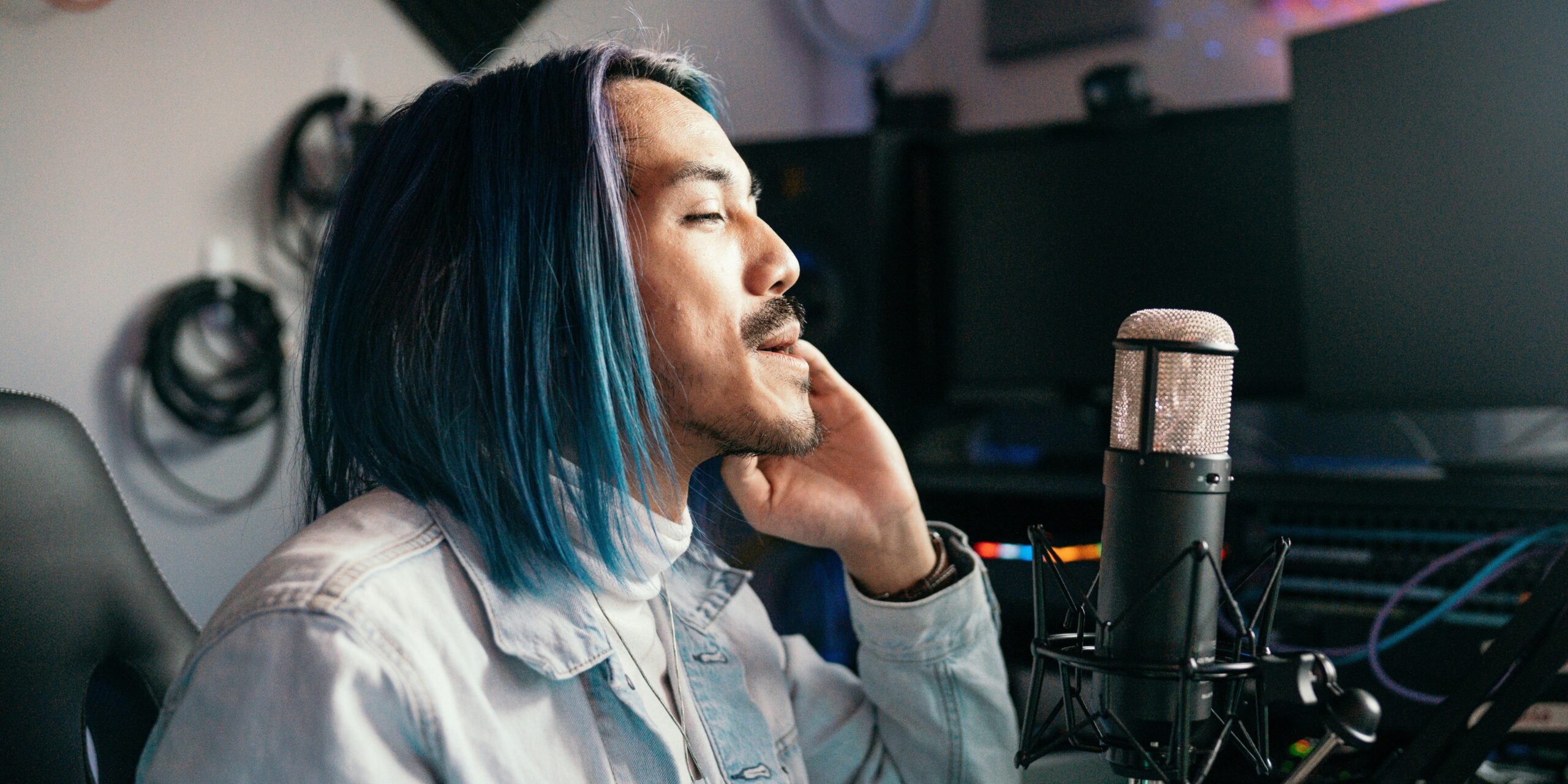Dubstep, a genre characterized by its heavy basslines and syncopated rhythms, has captivated music enthusiasts worldwide. Emerging in the late 1990s and early 2000s, dubstep has a fascinating history that intertwines with the evolution of electronic music. This article explores the origins, key players, and cultural influences that led to the discovery and rise of dubstep.
How Did Dubstep Originate?
Dubstep originated in the late 1990s in South London, evolving from the underground electronic music scene. Here are the key elements that contributed to its birth:
- Roots in UK Garage: Dubstep’s roots can be traced back to UK garage, a genre that blends house music with breakbeat. Producers began experimenting with darker, more bass-heavy sounds, which set the stage for dubstep’s development.
- Influence of Dub and Reggae: The genre draws significant influence from dub and reggae, particularly in its use of deep basslines and echo effects. These elements were integral in shaping dubstep’s distinctive sound.
- Early Pioneers: Early pioneers like El-B, Zed Bias, and Horsepower Productions played a crucial role in shaping the genre. They began incorporating elements of drum and bass, 2-step garage, and dub reggae into their music, creating the foundation for dubstep.
Who Were the Key Players in Dubstep’s Discovery?
Several key figures and collectives were instrumental in the discovery and popularization of dubstep:
- Digital Mystikz (Mala and Coki): This duo was pivotal in the early dubstep scene, producing tracks that defined the genre’s sound. They also co-founded the influential DMZ label and club night, which became a hub for dubstep enthusiasts.
- Skream and Benga: As two of the most prominent figures in dubstep, Skream and Benga’s productions gained widespread acclaim. Their tracks, such as Skream’s “Midnight Request Line,” are considered classics in the genre.
- Hatcha: DJ Hatcha played a significant role in promoting dubstep through his DJ sets and radio shows. He was one of the first to play dubstep tracks on London’s Rinse FM, bringing the sound to a broader audience.
What Were the Influential Platforms and Events for Dubstep?
Certain platforms and events were crucial in the growth and dissemination of dubstep:
- Big Apple Records: This record shop in Croydon, South London, became a meeting point for many of dubstep’s early innovators. The shop’s influence extended through its record label, which released some of the genre’s foundational tracks.
- DMZ Club Night: Launched in 2005 by Digital Mystikz, Loefah, and Sgt Pokes, DMZ was a monthly club night in Brixton that became legendary. It provided a space for producers to test new tracks and for fans to experience the music in a communal setting.
- Rinse FM: The pirate radio station Rinse FM was instrumental in the rise of dubstep. It provided a platform for DJs like Hatcha, Youngsta, and Kode9 to play dubstep tracks, helping to spread the sound across London and beyond.
How Did Dubstep Gain Mainstream Popularity?
Dubstep’s journey from underground to mainstream involved several key developments:
- Mainstream Crossovers: Artists like Burial and Magnetic Man (a supergroup featuring Skream, Benga, and Artwork) helped bring dubstep to a wider audience. Burial’s critically acclaimed albums introduced a more atmospheric and experimental side of dubstep, gaining significant media attention.
- Global Influence: The internet played a vital role in spreading dubstep globally. Online forums, social media, and music-sharing platforms allowed fans and producers to connect and share music across borders.
- Commercial Success: By the late 2000s, dubstep had influenced mainstream pop and electronic music. Artists like Skrillex brought a more aggressive, high-energy style to the genre, which became extremely popular in the US and other parts of the world.
What is the Legacy of Dubstep Today?
Dubstep has left an enduring legacy on contemporary music:
- Influence on Other Genres: Dubstep has significantly influenced various genres, including pop, hip-hop, and EDM. Elements of dubstep can be heard in the work of artists across these genres.
- Continued Evolution: While the peak of dubstep’s mainstream popularity has passed, the genre continues to evolve. Producers are still experimenting with the sound, creating subgenres and hybrid styles.
- Cultural Impact: Dubstep has had a lasting impact on music culture, from fashion to visual art. Its influence can be seen in the aesthetics of music videos, album art, and live performances.
The discovery and rise of dubstep is a testament to the creativity and innovation of the electronic music community. From its roots in UK garage and dub reggae to its mainstream success and global influence, dubstep has carved out a unique space in the music world. By understanding its history and key players, we can appreciate the genre’s enduring impact and continued evolution.






